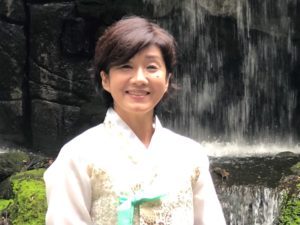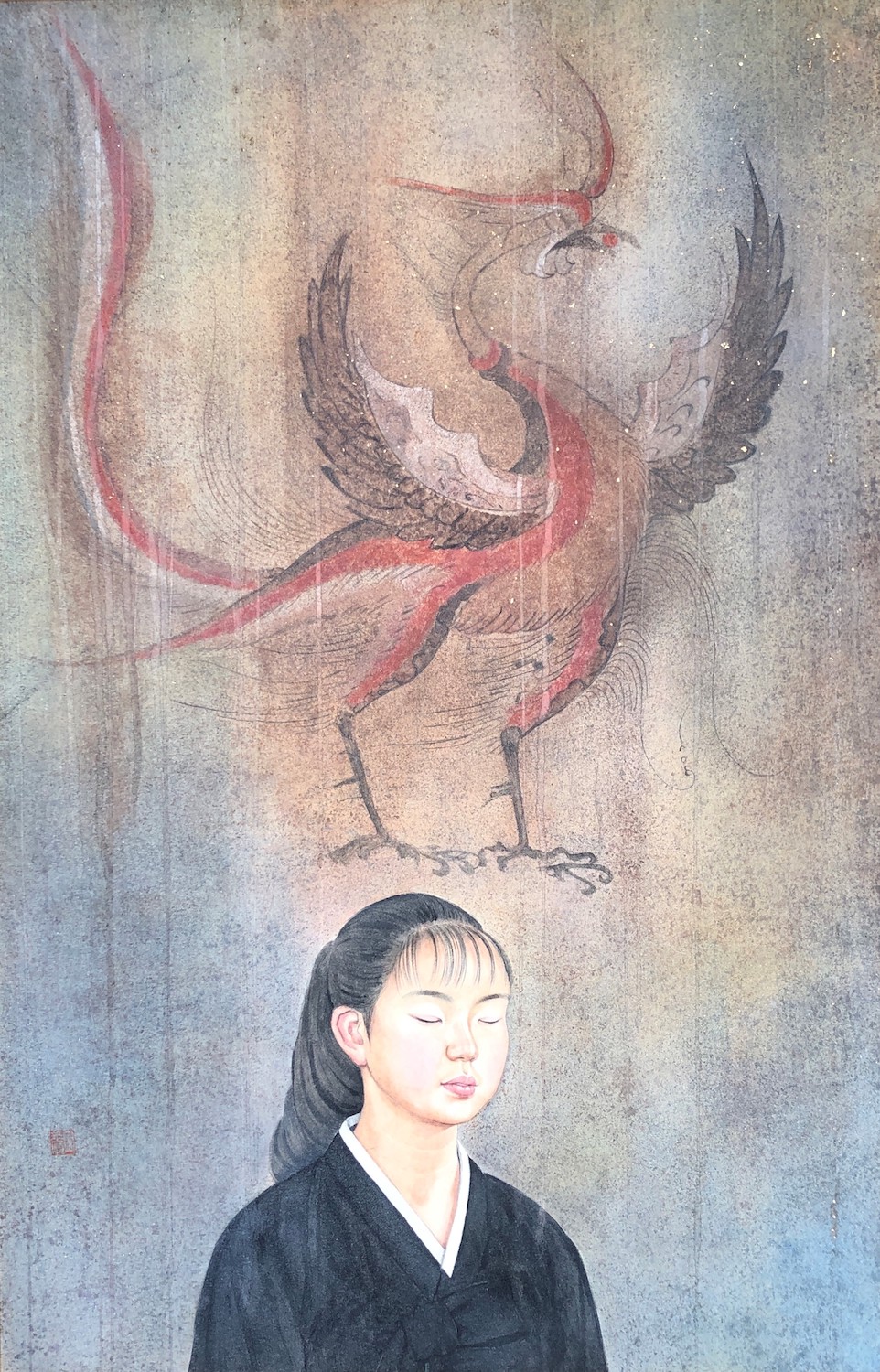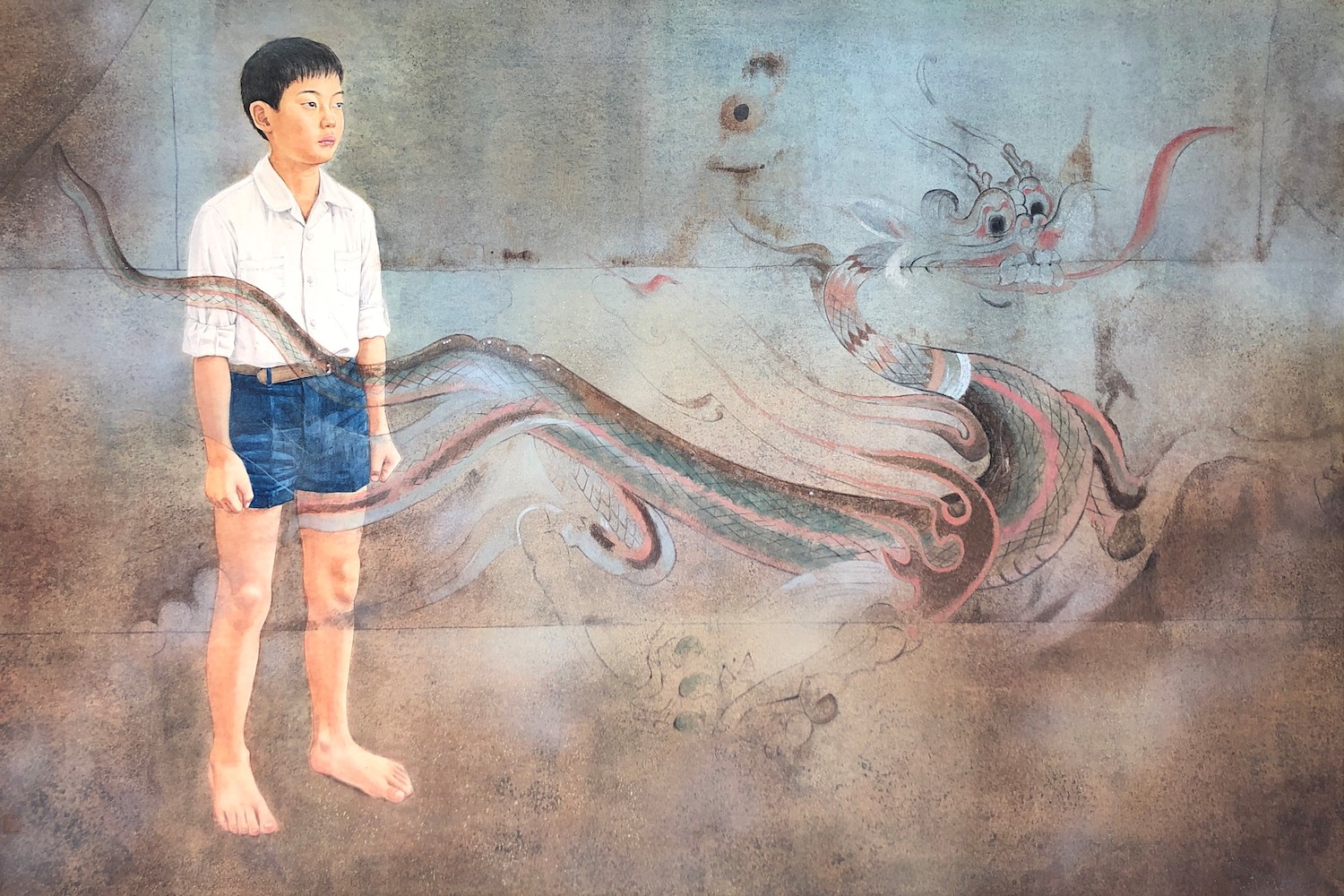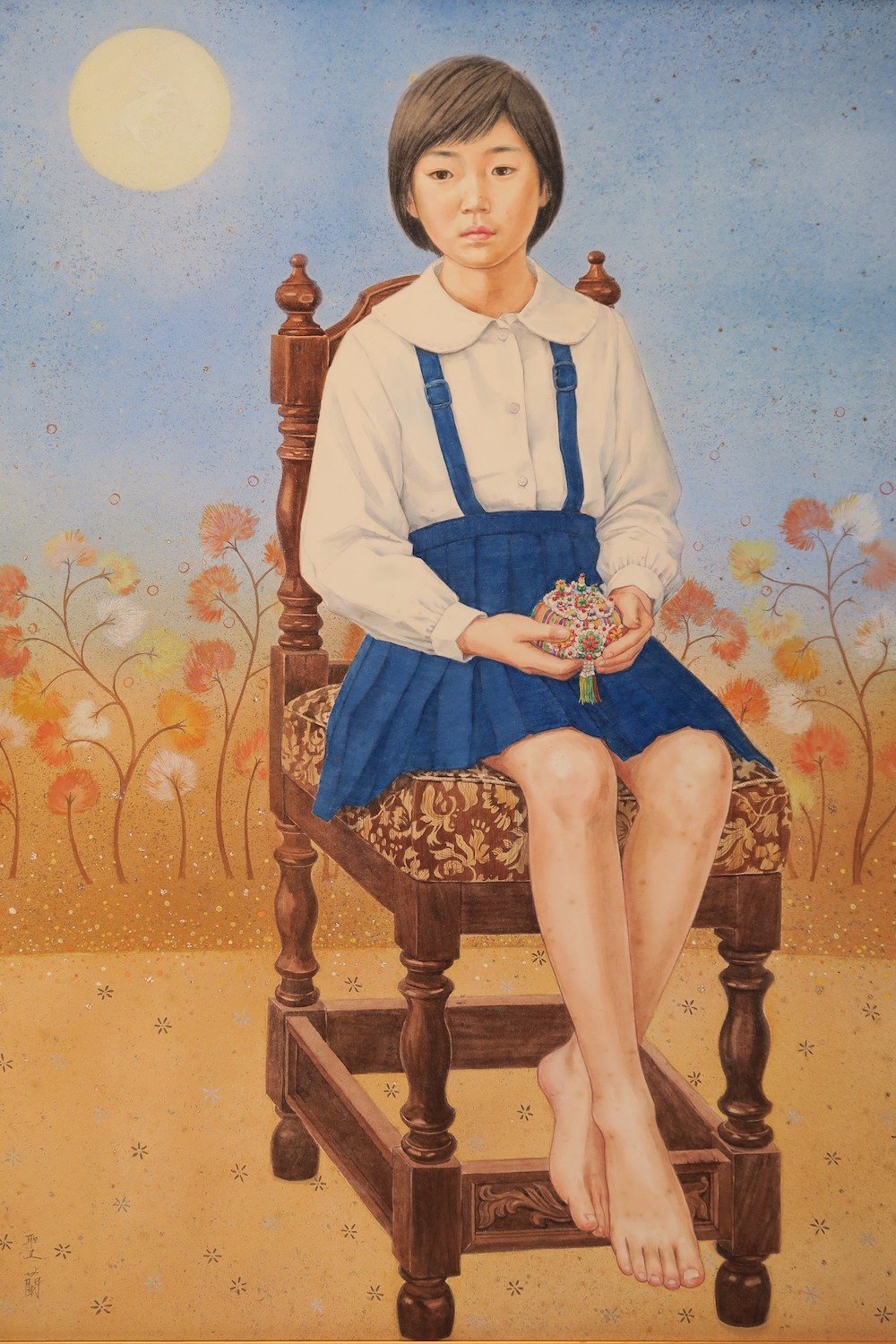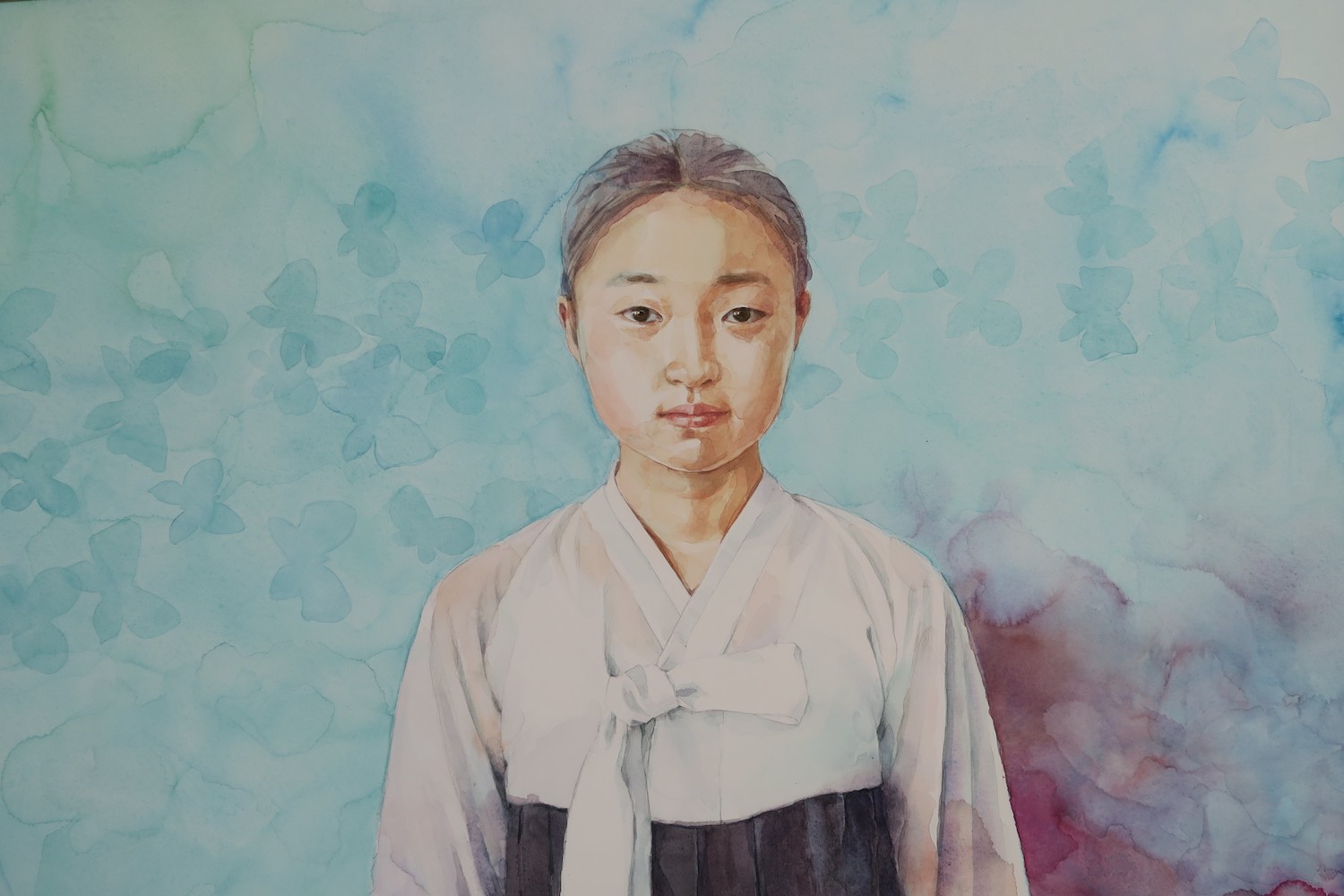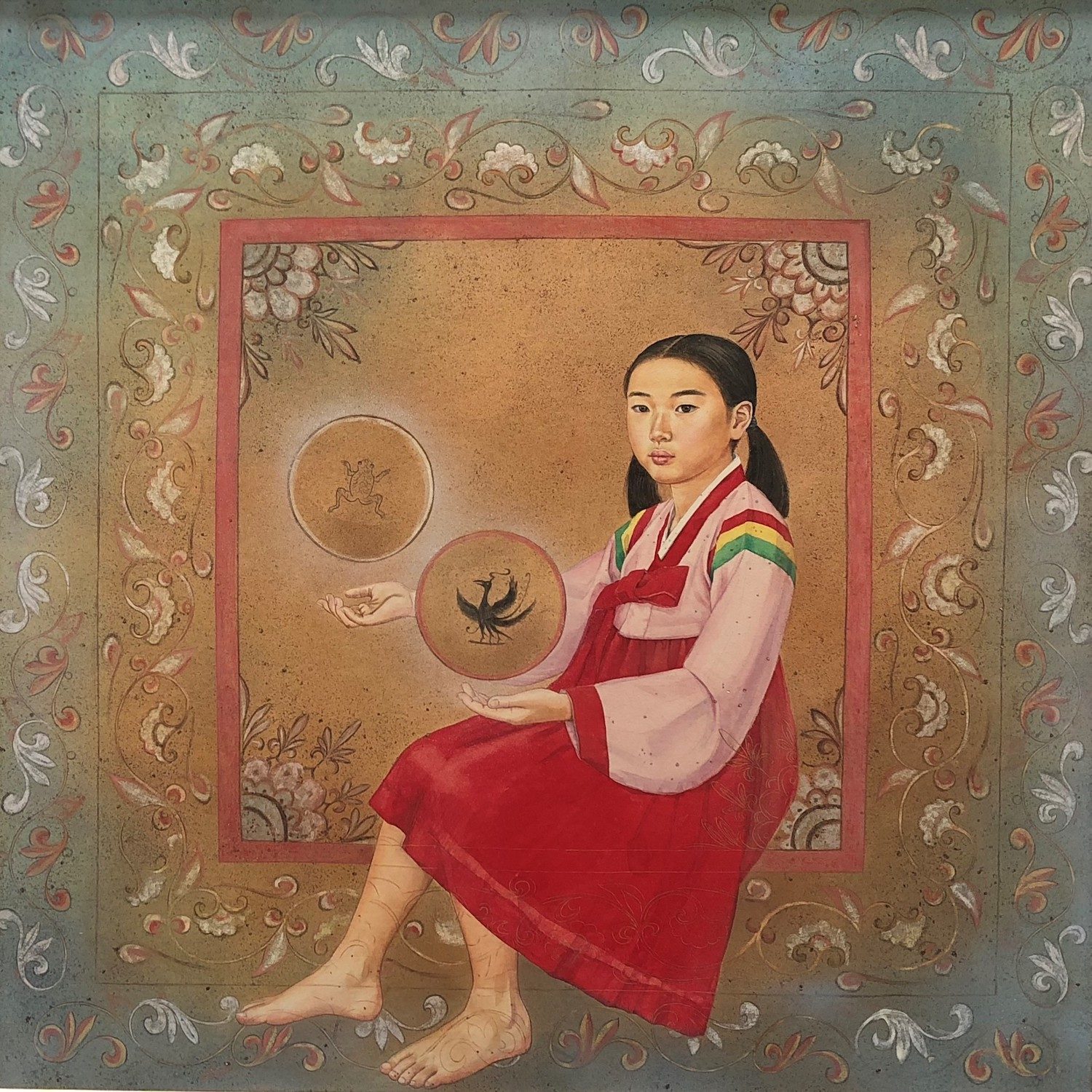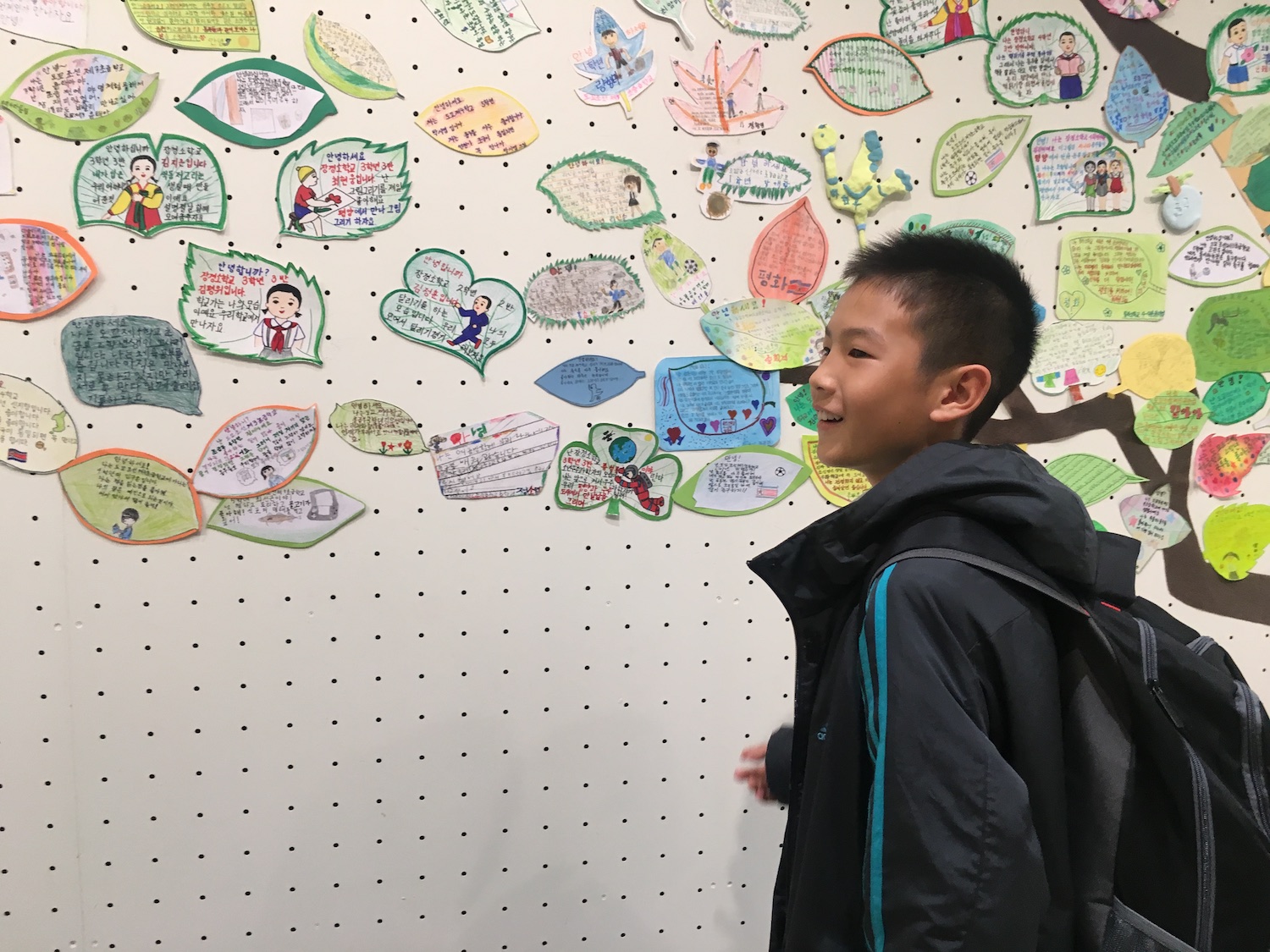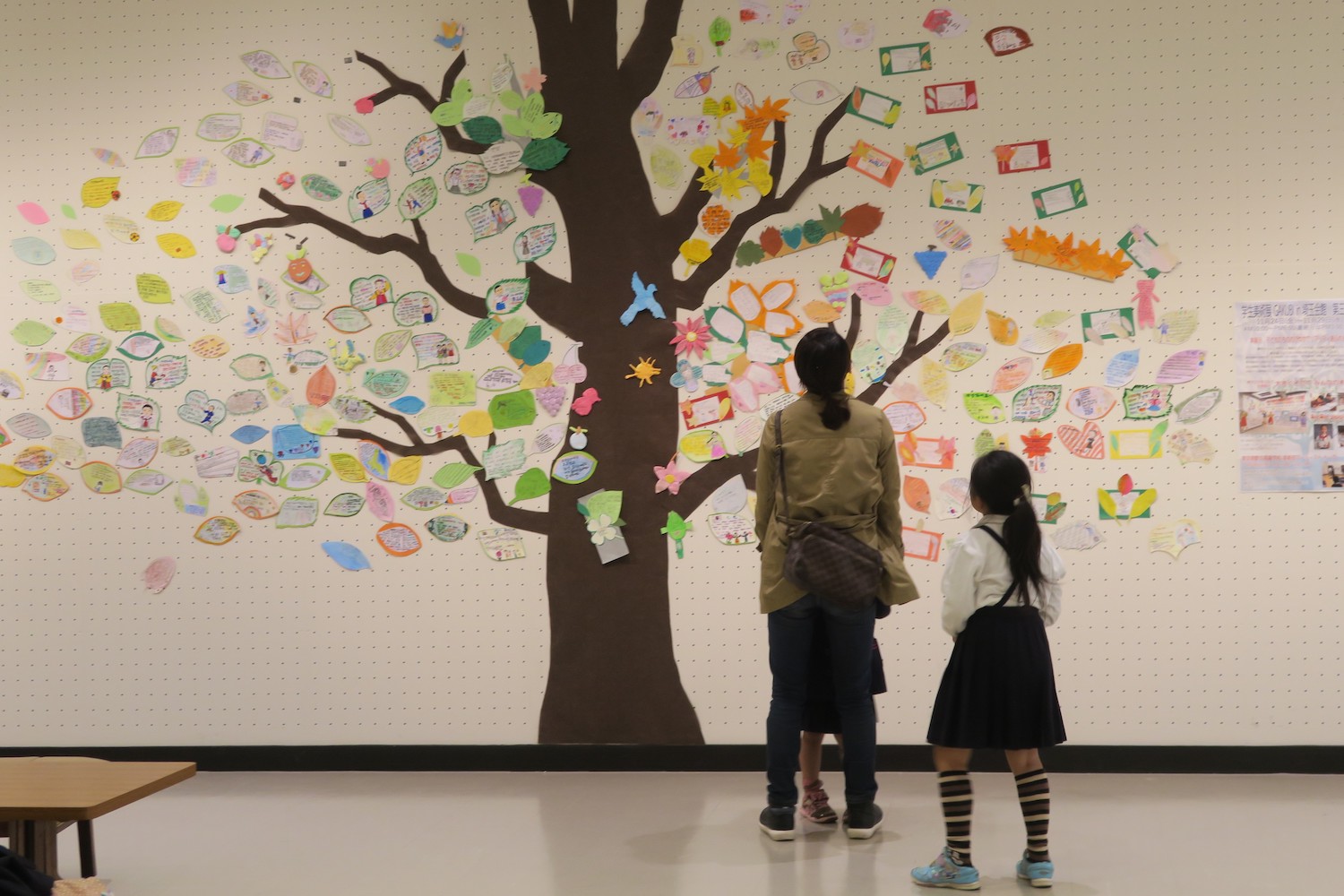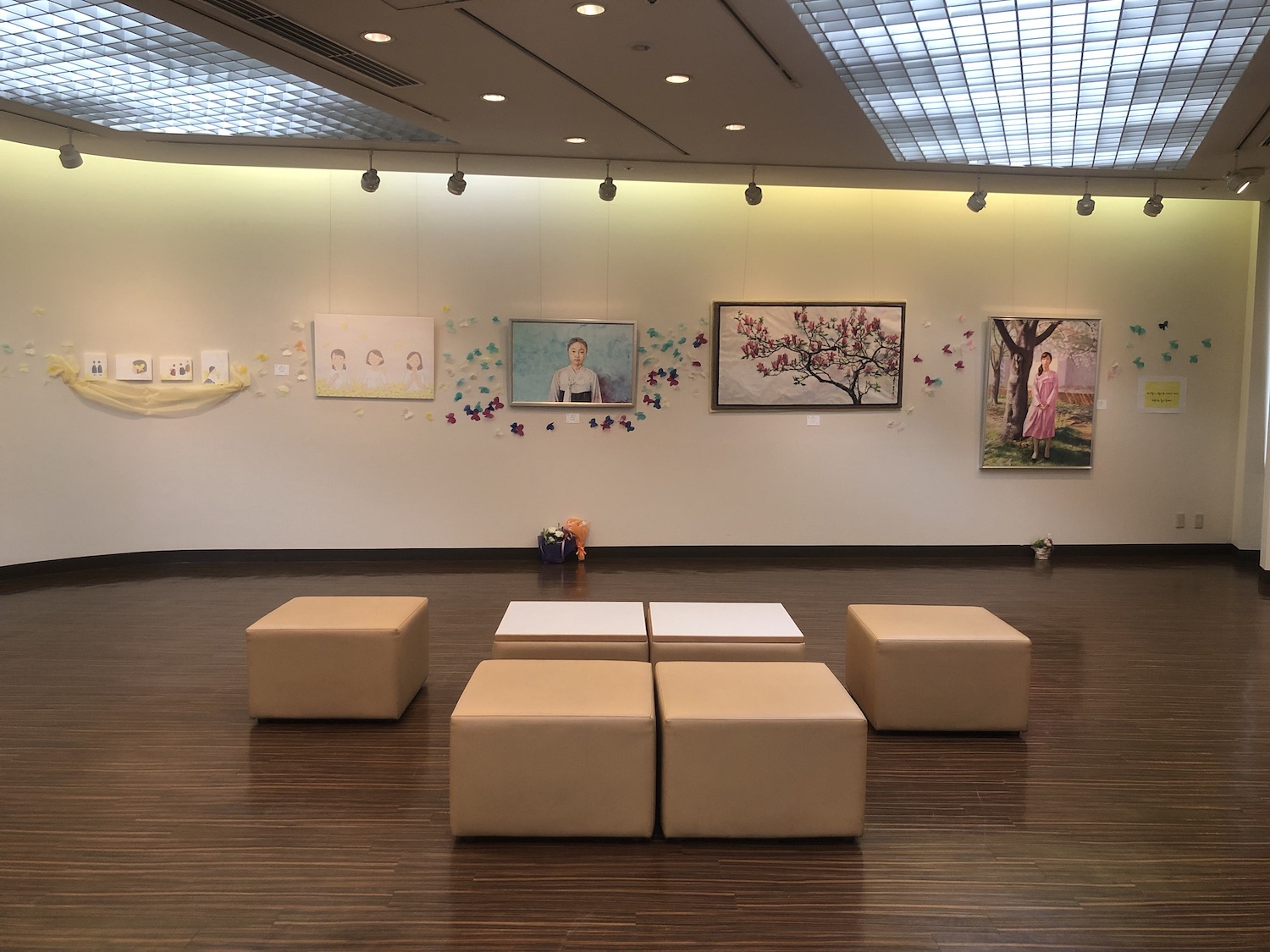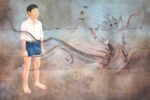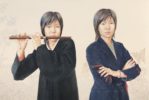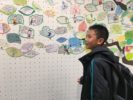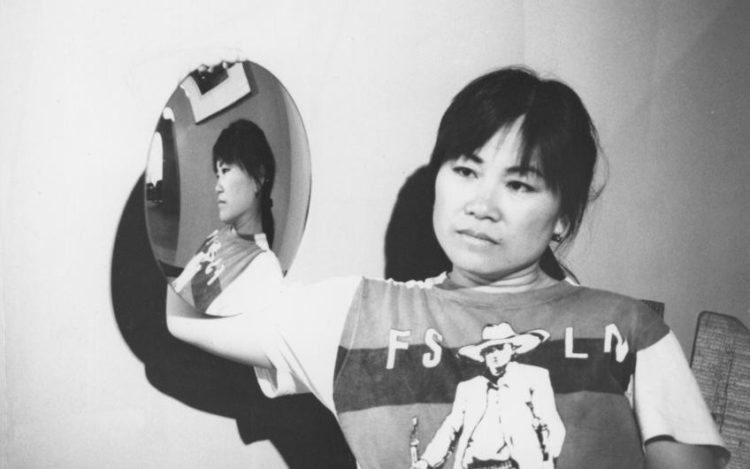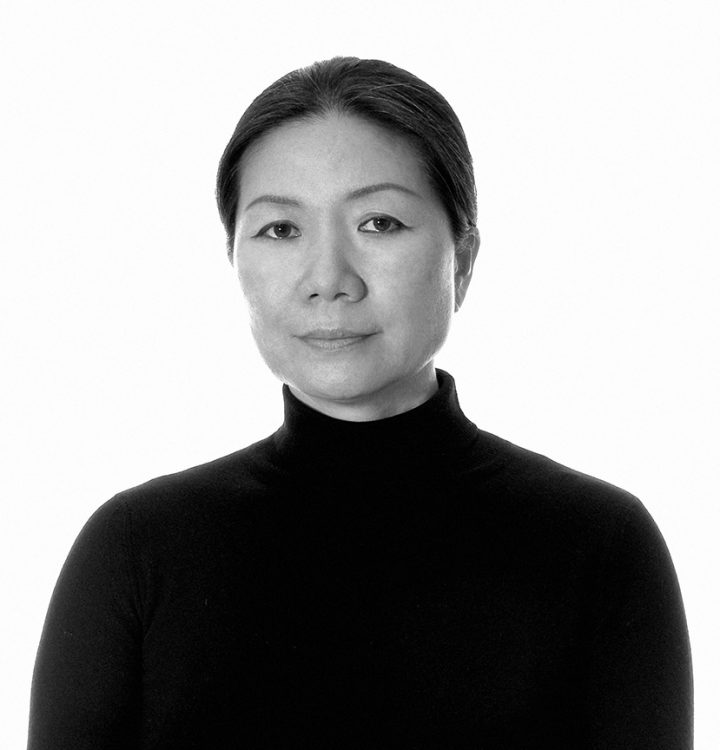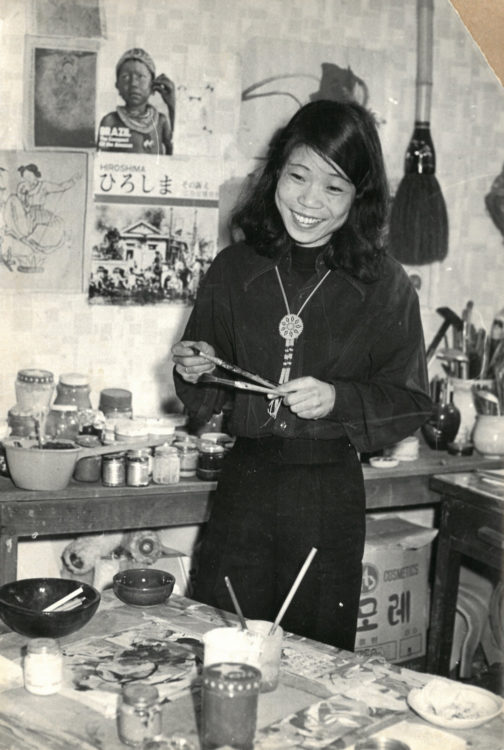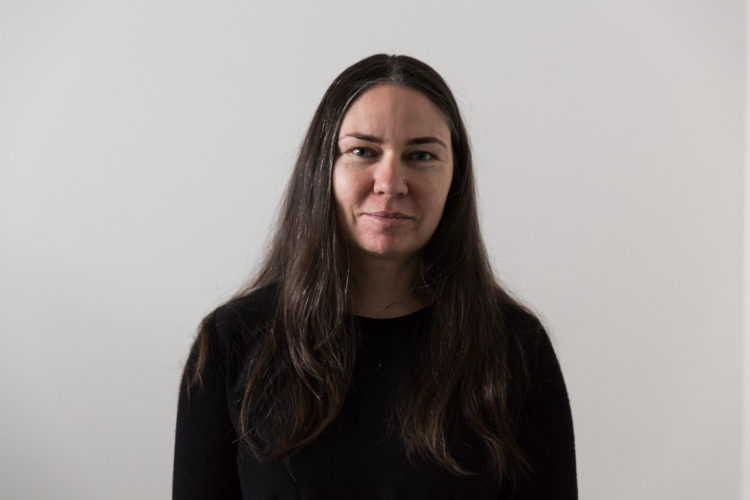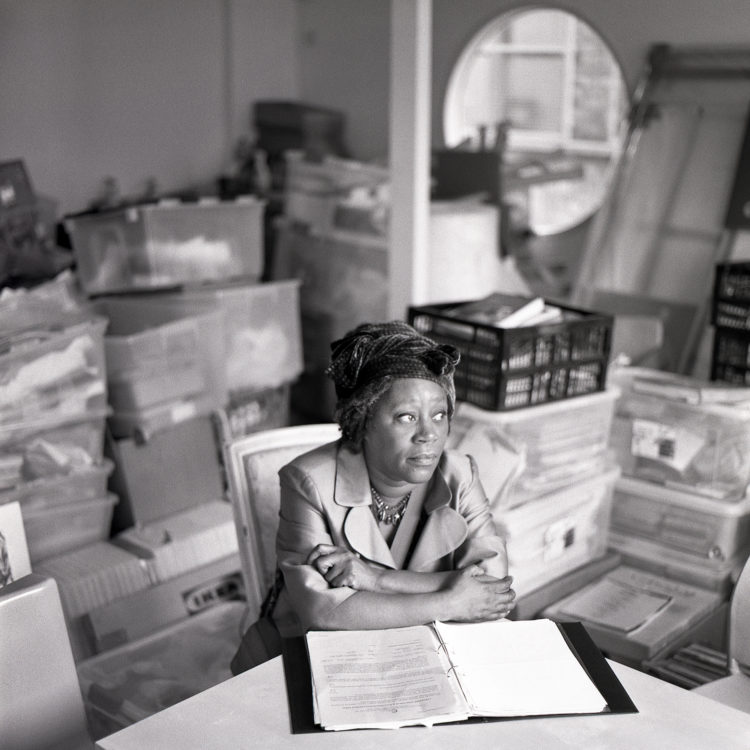Japan International Volunteer Center, Humanitarian Assistance and DPRK People, Tokyo, Akashishoten, 2004
Param-Pit, Tokyo, 1992
→Kurim, Tokyo, December
Zainichi Korean Chosonhwa artist.
Kim Song-ran is a third generation Zainichi Korean artist born and raised in the Kansai region of Japan. (“Zainichi” refers specifically to ethnic Korean residents in Japan whose immigration to Japan originated during the colonial rule of Korea before the end of the Second World War.) Kim Song-ran’s artworks are mainly Chosonhwa, which is the name for traditional ink wash painting on rice paper. Chosonhwa is North Korea’s primary art form and main vehicle for Socialist Realism.
As a child, Kim Song-ran liked to draw and sculpt, and was influenced by certain of her early art teachers. In her teens she learnt about her Korean roots, and reflected deeply about who she was, and her life in Japan. She taught herself the history of the Korean Peninsula and made artworks depicting the democratic struggles in the Republic of Korea. Since studying at the Korea University in Tokyo, she has taught at primary and middle schools for Koreans in Japan. In her art classes she asks students to think about their ethnic and cultural identities, and take a positive attitude with regards to the latter. While teaching, she has continued to study the wall paintings of the Koguryeo Tombs in North Korea (UNESCO World Heritage, 2004) which have influenced her art. Her major works demonstrate her Korean ethnic roots, both in terms of subject matter and materials, for example in Encounter Ⅱ (1994) and Answer My Own Questions Ⅰ and Ⅱ (1994), for which she won the Jury Prize at Kyokubi Exhibition in 2021.
Alongside her art teaching, Kim Song-ran builds and maintains contacts with people who take part in and support “The Children’s Art Exhibition”. Started in 2001, this project exhibits artworks created by children living in Japan, the People’s Republic of China, the Republic of Korea and the Democratic People’s Republic of Korea. The artworks are created locally, gathered together and exhibited annually in each country. Over the years she has co-produced many works with these children, for example A Life-Size Figure Painting (2005 and 2015), A Tree for Peace (2009) and Wish Upon the Sky (2021). Many artists, illustrators and journalists have regularly taken part in the exhibitions.
Kim Song-ran also participated in the group exhibition Param-Pit in Tokyo (1992). Param in Korea means “wind” and pit means “bright light”, and so the title reflects Korean female artists’ desire to experience the wind of change and have new light in their lives. The group was founded by Yun Gwan-ja (born 1935), a Zainichi female artist, with the aim of members support each other so that they can create art, work and raise children. Since the beginning, Kim Song-ran has been one of the prime movers of the exhibition, which now has over fifty active female participants. In 2019 they held an exhibition in Tokyo, for which they created pieces that illustrated their longing for a society that respects Korean women’s rights.
A notice produced as part of the TEAM international academic network: Teaching, E-learning, Agency and Mentoring
© Archives of Women Artists, Research and Exhibitions, 2022


